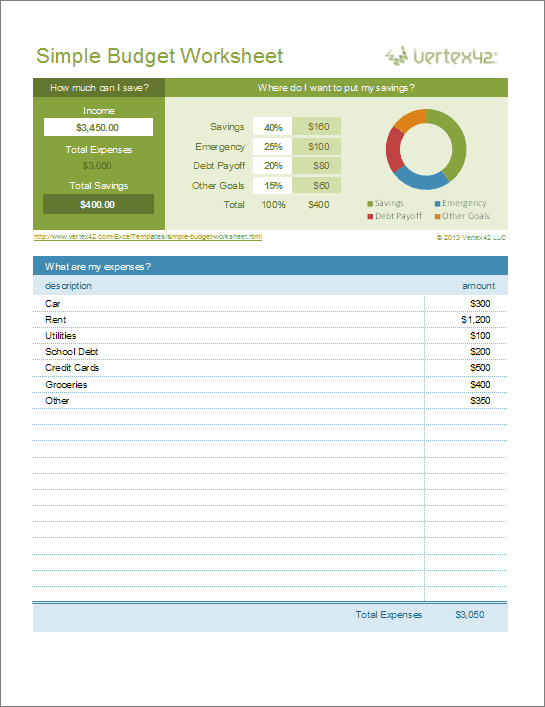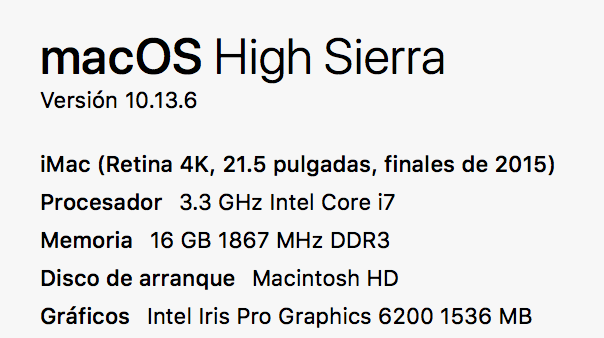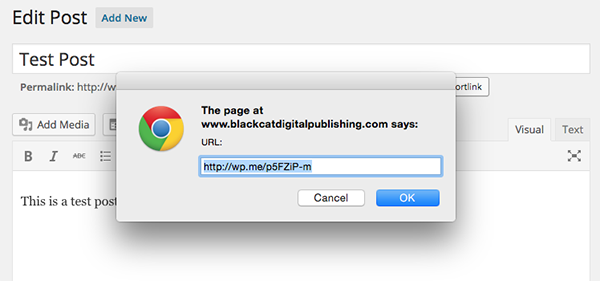
You may have wondered if email marketing is better or worse than social media marketing. This article will discuss the differences between these two marketing platforms. We'll also talk about the differences between email and social media, as well as the differences between paid and social content. Email is more task-oriented. This article will also address the difference between organic or paid content on social networks. This article will help you understand how to choose the right approach for your marketing campaign.
Email marketing is more efficient than social media marketing
Email wins in sales conversions. While social media has a larger audience, targeted email marketing audiences are more likely to buy your products or services. While social media's wider audience may seem appealing, it is not the best way to maximize your ROI. These are just a few of the reasons that email is better than social media when promoting your business.
Consumers desire closer relationships with companies and brands. People want to have real relationships with companies and brands. To achieve this, social media requires that followers scroll down their feeds in order to find the right content. Email, however is delivered directly into the user's inbox. Your content will be able to reach the reader just as easily as a friend, family member, or relative. This means that email is better at converting your subscribers into paying customers.
Email has a larger userbase
Although social media platforms such as Facebook have large audiences, their reach is limited. Emails reach a greater number of people organically. But, social media algorithms restrict the reach to new email addresses. This is why email has a greater user base that social media. So why would you want to use email to promote your business? Let's compare the benefits and drawbacks.
Email is the most effective medium to reach multiple leads. Social media marketing is very popular. Email subscribers are more inclined to forward marketing emails on to their friends and families, which gives you a wider reach than you'd get with social media. In fact, a study by Adobe showed that the average millennial uses email for 6.4 hours a day, and nearly four-fifths of them check their inbox before and after work.
Email is more task-oriented

There are a few key differences when it comes to email. One is that most people check e-mail early in the morning. They are less likely not to be distracted from competing messages. People who have been added to a mailing list are more likely take action after receiving an email. It's why it is important to tailor your message for their specific needs. You can also choose the message's design and content.
Personalization is an important aspect of both forms of marketing. Marketing emails can be personalized to include the recipient's name, unlike social media. This helps drive higher open rates, click-through rates, and conversions. Email marketing personalization is much easier than social media. Facebook posts rarely address users by name, for example. Email can be a powerful way to reach your target audience, and make them feel special.
Paid vs. organic vs. social media content
Paid vs organic versus social media content depends on how you plan to reach your target audience. Organic content can be shared by your followers without promotion and is free to create. Paid content, however, costs more but is shared by your followers. When determining whether to use paid or organic content, consider how much time and money you can devote to each. Each has its benefits and each complements the other.

Although organic content may be free to share, it's not guaranteed to reach the right audience. Paid content can be targeted at your target audience and is the best choice if your goal is to grow your business quickly. You can find organic and paid social media content on every platform. You can choose the one that suits your needs best and then decide how you will use it to reach your target audience. You can, for example, create a content strategy to help you decide which social media platforms work best for you.
FAQ
Why SEO strategy is important?
Search engine optimization (SEO), is a way to get more people to visit your website via Google.
Search engines like Google and Yahoo! store information about websites in servers called crawlers. They send this data back from the company's central databases. This allows them index web pages for search purposes.
You will get more visitors to your site if it appears higher in the search results. These searches will not show you, so you won't get found.
Ranking highly in search engines such as Google and Yahoo is the best way for your site to be found. Two main ways to do this are paid advertising and organic links.
Paid Advertising: Paid advertising means that adverts are purchased from companies that pay-per-click to be displayed above other sites on search results. These ads may include banner ads, text ads, pop-ups, e-commerce widgets, etc.
Natural Organic Links- These links are ones where you have developed a site that is excellent over time and has earned the trust of others in your industry. You build links naturally over time through blogging, guest posting, commenting, linking, etc.
You must continually invest in both types of marketing to stay ahead of your competition.
What Should I Know About Backlinks
Backlinks can be links that point to a webpage via a link from another website. They are one the most powerful tools search engines use to identify the location of a page in search results. Backlinks are especially helpful because they show that someone else believes your content is valuable. You will need quality backlinks to help you rank high in search results.
How do I begin SEO for my website
The first step towards getting a Google ranking is understanding what they are looking for when someone searches for your company name or products on search engines like google. This guide will show you how to create content that is highly ranked by Google. Check out our other guides to content marketing.
First, create a plan. Next, consider the type of keywords that you wish to target. There are two types of keywords: broad keywords (like "digital marketing") and specific ones (like "seo").
The next step is to determine your goals, which could be increasing brand awareness, driving leads or sales.
Once you have established your goals, you can start writing content. Here are some SEO tips.
Once you've written your content, it's time for it to be published to your blog or website. This might mean updating your existing pages if you own a website. You will need to hire a web developer to help you create one.
Link to your content on blogs and other relevant websites once you've published it. This will increase your content's visibility and allow it to be seen more widely.
How do I create an SEO Strategy?
Understanding your goals and how you plan to achieve them is the first step in developing an SEO strategy. This will enable you to structure and organize your content around the goals.
Next, you need to begin working on keywords. Keyword research will give you insight into what people search for when they use specific words. This information will allow you to write articles about these topics.
Your target keywords should be included in your articles once you have finished writing them. You should also make sure to optimize each article with relevant images or videos. If possible, you should also link to other related sites.
Once you've finished writing all the content for your site, it's time to start optimizing that content!
What are the differences between SEO strategies?
Different SEO strategies can be used, including search engine optimization (SEO), paid-per-click (PPC), and social media optimization.
SEO is a way to optimize content for certain keywords through text formatting and HTML code.
This makes your site appear higher on search results pages.
Social media optimization (SMO), on the other hand, is optimizing your website to be seen on social networks like Twitter, Facebook and Google+.
These are a great way to build your online brand and make visitors more likely visit your site when they search for similar topics.
PPC ads also appear at the top Search Results Pages, showing relevant products & services.
Google paid search advertisements are the most well-known type of PPC advertisement. These ads cost money, but are extremely effective.
PPC advertising is also available in display ads as well as video ads and sponsored posts.
How often do I need to update my website
There are many methods to update your website. One option is to use a CMS (Content Management System). Here, you can easily edit all of the content on your site without having to touch any code.
Another option is to use a plugin which automatically updates your site. These plugins can be purchased through WordPress stores, or you can install them yourself.
You can also download free plugins such as Yoast and WPtouch. You can test various methods and find which one works best for your needs.
How often do you need SEO?
You don't need to perform regular SEO campaigns if your links are maintained correctly. If you stop maintaining links and rely exclusively on organic traffic for your business, it could be costly.
Generally speaking, monthly SEO updates are recommended for small businesses. Quarterly SEO updates might be required for larger businesses.
Statistics
- If two people in 10 clicks go to your site as a result, that is a 20% CTR. (semrush.com)
- These guides are designed and coded 100% from scratch using WordPress. (backlinko.com)
- A 62.60% organic traffic boost to that page: (backlinko.com)
- 64% of marketers actively create SEO campaigns because they help hit multiple key performance indicators (KPIs), including increasing traffic, helping your site rank for relevant keywords, improving your conversion rate, and much more. (semrush.com)
- Which led to a 70.43% boost in search engine traffic compared to the old version of the post: (backlinko.com)
External Links
How To
How do I set up my first blog?
It's simple! WordPress is an excellent platform for creating a blog. The user can modify the look and feel of their blog easily by adding themes and changing fonts and colors. Users can also install plugins to modify certain elements of their websites based on visitor activity.
There are many free templates available on wordpress.org, as well as premium templates that you can purchase. Premium templates come with additional features such as extra pages, extra plugins, and advanced security.
Once you have downloaded your template, sign up for a free account at a hosting provider in order to upload your files and to run your blog. Although many hosts offer free accounts with limited space, there are restrictions on the number of domains that you can host, how many emails you may send, and how many websites you can upload.
If you decide to use more than one domain name, you'll also need to buy separate email addresses. Some hosts charge a monthly subscription fee.
A blog hosted online is a great way to start blogging if it's your first time. The majority of hosts offer unlimited storage so files aren't deleted even if accidentally deleted.
Many hosts permit multiple domain hosting. You can host several sites under one package. You can save money by not signing up for multiple email addresses, and you can maintain all of your sites using one interface.
Some hosts offer social media sharing buttons that allow visitors to quickly share their posts on the web.
Most hosting companies offer tools for managing your blog. You can see your site's performance stats and compare it to other blogs.
These tools can make it easier to manage your blog faster and easier, so make sure you check them out before you buy a web hosting plan.
To sum up:
-
Choose a topic relevant to your business;
-
Create engaging content;
-
Optimize your site using SEO techniques;
-
Promote your site using social media channels;
-
Monitor your statistics regularly to make changes where necessary;
-
Don't forget to update the blog often.
The bottom line is to create great content, promote it effectively and measure its success.